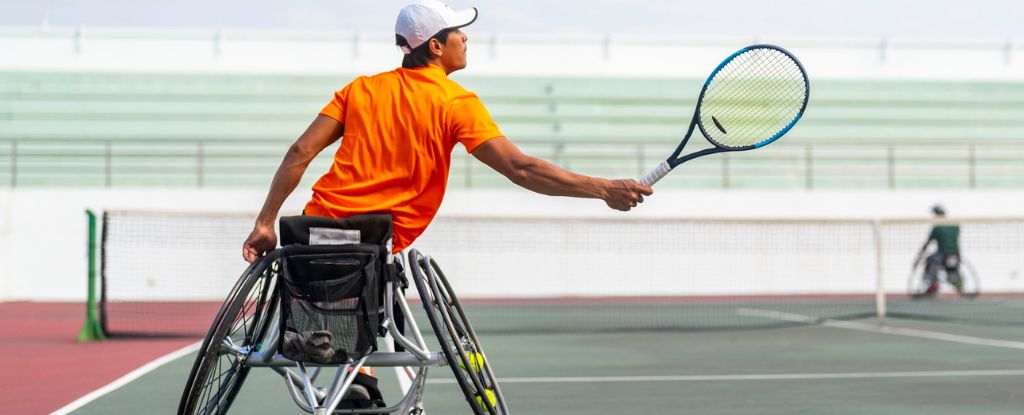An experimental and controversial stem cell transplant, which aims to treat traumatic spinal cord injury, has shown promising new results in a phase I clinical trial.
Not only was the single-dose spinal injection safe and well-tolerated by all 10 patients with paralysis, it also resulted in some improved movement and sensation for 7 volunteers.
While that’s seriously hopeful, the type and degree of injury seems to matter. Researchers at the Mayo Clinic in the US admit that in all likelihood, only about five percent of patients with a complete injury to their thoracic spine would regain any feeling or movement with this therapy, based on their results.
Nevertheless, neurosurgeon Mohamad Bydon says: “In spinal cord injury, even a mild improvement can make a significant difference in that patient’s quality of life.”
Stem cell transplants are cutting-edge treatments that have recently emerged as a possible way to treat spinal cord injuries.
First, a patient’s own stem cells are taken from their abdomen or thigh and multiplied in the lab before being injected back into the patient’s spine. These cells, called mesenchymal stem cells, hold the potential to rebuild bone, cartilage, muscle, fat, or even aspects of the human central nervous system.
For patients with a traumatic spinal cord injury, who have few other treatment options, the possibility that these injections can help the healing process is exciting. But that hope needs to be tempered by the available science.
While other small clinical trials on the experimental therapy have produced results that also suggest it is safe and effective for spinal cord injury, some scientists argue that these trials are not rigorous or long enough to fully assess either of those outcomes just yet.
In 2019, Japan made the controversial decision to approve mesenchymal stem cell therapy for commercial use in treating spinal cord injury. Many scientists continue to criticize that decision as premature. Even those directly involved in the research, like those at the Mayo Clinic, have called for larger and more rigorous trials.
Phase I clinical trials are not designed to specifically test how well a treatment works; they are mostly concerned with safety.
However, several patients in the current clinical trial demonstrated improved sensory and motor performance when tested roughly a year and 10 months after receiving the lumbar injection.
Nobody got worse as a result of the treatment, although there were some minor side effects, such as headache and musculoskeletal pain. This bodes well for phase II studies.
Still, there’s reason to wait for further evidence before getting too excited. The current trial, like many previous trials, focused mostly on patients who had suffered a spinal injury in the past year or so, usually from vehicle accidents or falls.
People’s movement and sensation can improve slightly in the first year or so after a spinal injury. That means when looking at the results, it’s impossible to tease apart the healing effect of time and the healing effect of the stem cell therapy specifically.
What’s more, patients in the trial were placed under the care of a highly specialized multidisciplinary team to help them rehabilitate, and this could very well have impacted their health outcomes over the course of the study.
That said, one participant had a cervical spine injury that had occurred 22 months before the stem cell injection, which is long after general improvement naturally stops. This patient also showed improved movement and sensation following the stem cell transplant.
“As a result,” the researchers at the Mayo Clinic conclude, “there is a need for future, larger randomized controlled trials employing various clinimetric tools and quality of life measures, to investigate the potential benefits of [these] injections in late-stage neurological recovery for spinal cord injury.”
The Mayo Clinic’s phase II trial is now underway. It aims to assess physical therapy outcomes after stem cell transplants, as well as safety.
The study was published in Nature Communications.





